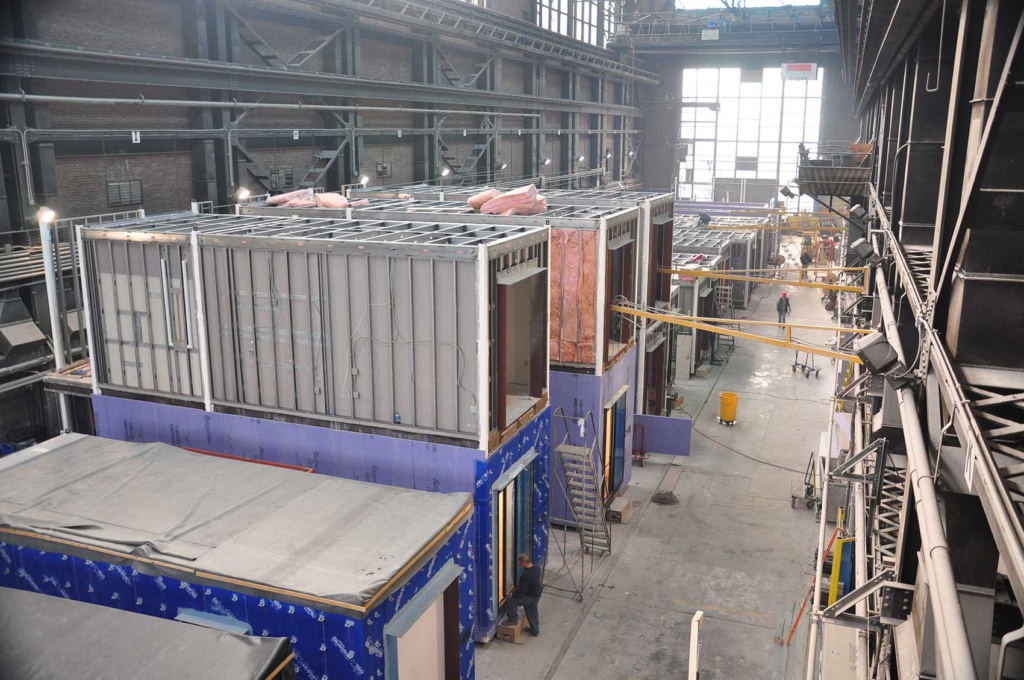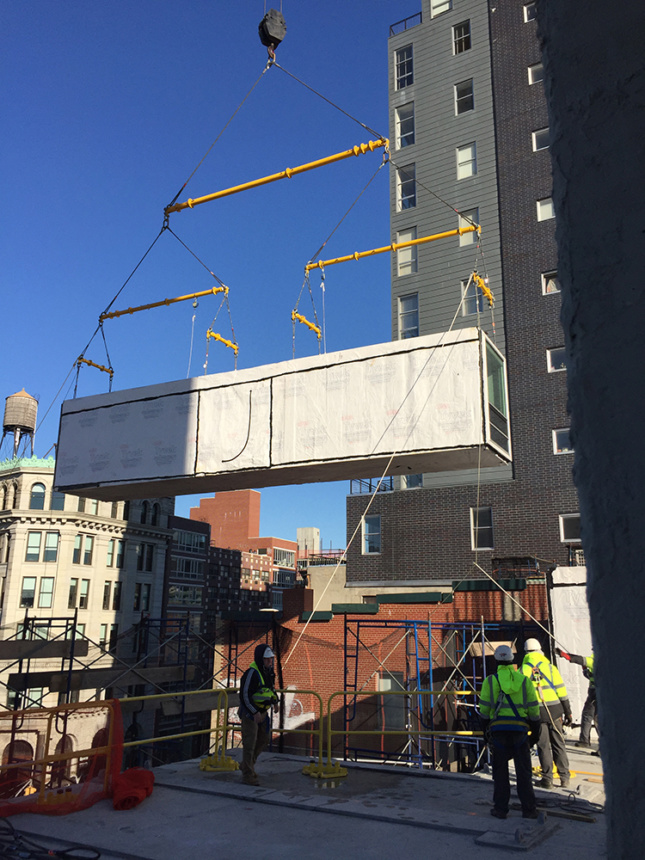
Modular units for New York City's Carmel Place project are being manufactured in the factory
Modular construction uses prefabricated and pre-installed building components that are shipped from the factory to the project site for assembly by ship. They conform to traditional standard building codes and use the same building materials, but to be precise, they offer a host of additional benefits.
This report makes the future of the modular building industry look particularly promising. The Modular Building Association, a nonprofit organization, also expects the modular building industry to experience significant growth in the coming years. But in their view, the eight advantages listed above are not all that will change the tide, and the industry is being driven toward industrialization and automation by a decreasing number of skilled workers.
These reports are potential enablers for the modular construction industry, which coincided with the industry's emergence a few years ago. Notably, the 461 Dean Street development in Pacific Park, Brooklyn, New York, which experienced the disintegration of its manufacturing plant and various controversies and delays, and ultimately took four years to complete, became a failure and led to the abandonment of other planned modular construction projects in Pacific Park. Nevertheless, the project is finally back on track and is finally being presented as an exemplary modular building.

Each module is connected to the module directly below it by sinking bolts
So what are the factors that will delay the rise of modular construction? Large upfront payments and reliable loans can be a big challenge. And, while manufacturing techniques and technologies are becoming more reliable, the disparity between over-hyped cost savings and actual investment can make those who try it question the viability of modular construction. However, as needs change and increase, more and more factories are being planned and designed from the beginning for modular construction, including more intelligent and automated machinery and equipment, etc., as well as the application of BIM systems can make the cooperation between different departments closer and more mature. What will be the last obstacle? Lack of awareness. More than 70% of contractors say they don't use modular construction because clients don't ask for it and because architects don't try to design modular buildings.
In the modular building industry for the past six years, I also know a new way to build to the public to promote the public, so the public accept the difficulty. After all, architecture is not clothing food nor any daily consumer goods, changing people's inherent ideas need longer time and more capital to guide and fight. However, this established trend will not change, but will only continue.
